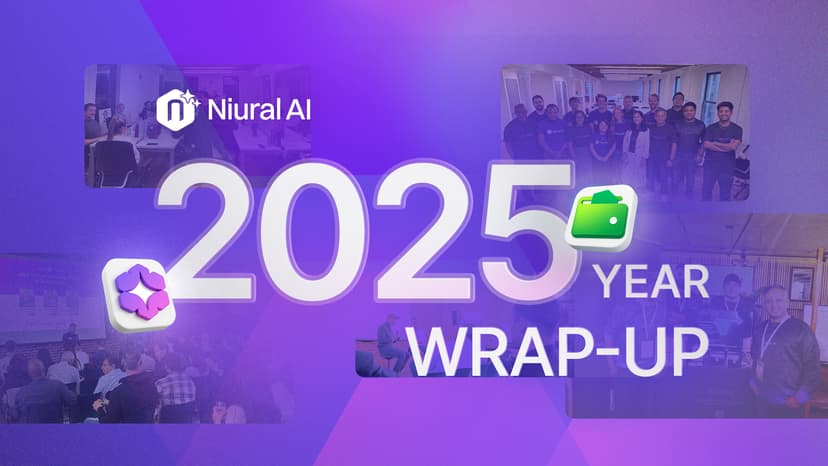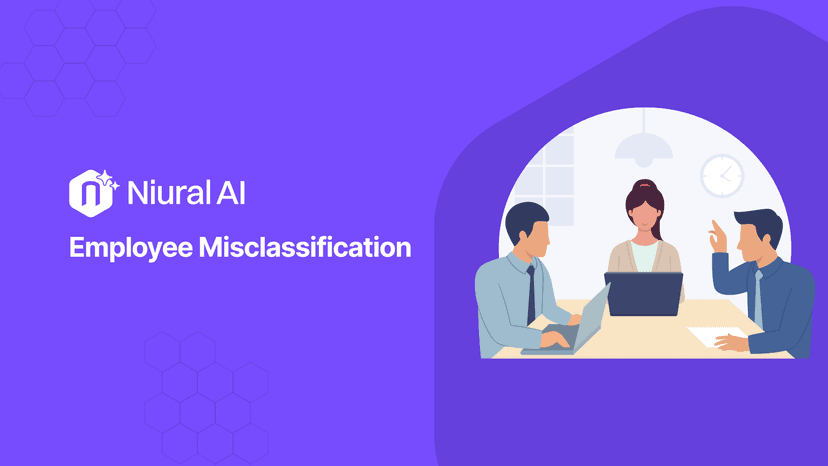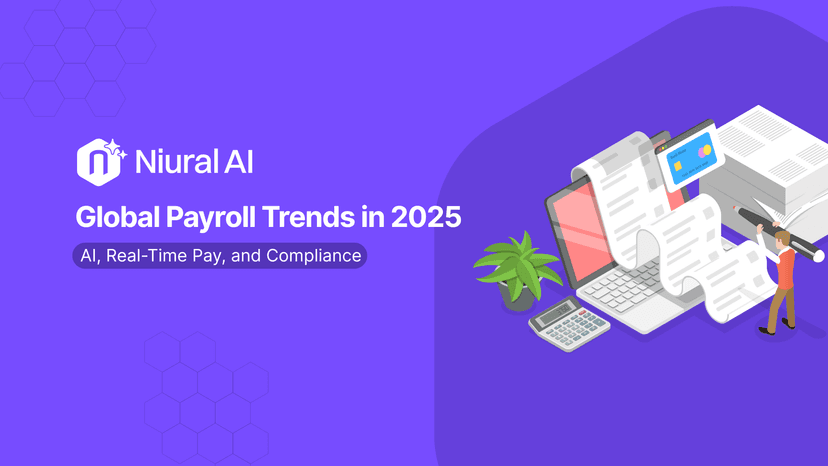As businesses face increasing complexity in managing human resources, many turn to outsourcing to reduce administrative burdens, mitigate compliance risks, and offer competitive employee benefits. Two primary outsourcing models dominate the market: Professional Employer Organizations (PEOs) and Administrative Services Organizations (ASOs).
For C-suite leaders, understanding the differences between PEO vs ASO is critical to aligning workforce strategy with business goals. This guide provides strategic clarity and actionable insights to help you choose the right partner model and introduces Niural’s industry-leading PEO solution.
What Is a PEO (Professional Employer Organization)?
A PEO operates under a co-employment model, where the PEO becomes a legal co-employer of your workforce. This arrangement allows the PEO to assume a portion of employer responsibilities including:
- Payroll and tax administration
- Employee benefits procurement and management
- Workers’ compensation and risk management
- Compliance with federal, state, and local labor laws
Strategic Insight:
PEOs offer growing and mid-sized businesses the ability to access enterprise-level benefits typically reserved for large corporations. Through pooled employee groups, they negotiate better insurance rates, reduce legal liabilities, and optimize HR operations. This allows executive teams to focus on growth and strategic priorities while the PEO handles the administrative and compliance complexities.
What Is an ASO (Administrative Services Organization)?
An ASO provides comprehensive HR administrative support but does not enter a co-employment relationship. The client remains the sole employer of record and retains full legal responsibility for employees. Common ASO services include:
- Payroll processing and tax filing support
- Employee benefits administration assistance
- HR consulting and compliance guidance
Strategic Insight:
ASOs are ideal for larger or more established companies that wish to retain full control over HR policies and relationships while reducing the administrative load. ASOs offer customizable services, giving businesses the flexibility to tailor their level of outsourced support.
PEO vs ASO: Key Differences
PEOs provide a holistic, risk-sharing approach ideal for fast-growing organizations seeking turnkey solutions. ASOs offer flexibility and autonomy for organizations with internal HR infrastructure.

PEO vs ASO: Key Similarities
- Simplifying of core HR administrative processes
- Payroll and compliance support
- Access to expert HR consulting and technology
- Cost efficiencies compared to fully internal HR teams
Both models aim to optimize HR operations, though they differ in levels of control and liability.
Decision Framework: How to Choose
C-level leaders should evaluate these factors when deciding between PEO vs ASO:
1. Internal HR Capabilities
- Limited HR resources: PEO is advantageous as it provides full-service HR support.
- Established HR department: ASO provides administrative relief while preserving control.
2. Risk and Compliance Appetite
- Low risk tolerance: PEOs help shield organizations from employment-related compliance risks.
- High risk tolerance with legal counsel: ASOs provide advisory support but ultimate liability remains with the client.
3. Employee Benefits Strategy
- Desire for premium benefits at lower costs: PEOs pool client workforces for advantageous rates.
- Existing carrier relationships or highly customized plans: ASOs allow for full plan control.
4. Budget Considerations
- PEOs: Often higher upfront costs but deliver long-term efficiencies through bundled services.
- ASOs: Lower fixed costs and better fit for companies wanting “a la carte” services.
Compliance, Risk, and Ethical Considerations
HR outsourcing decisions have legal and ethical dimensions:
- Regulatory Compliance: PEOs reduce risk by assuming responsibility for complex tax filings, wage laws, and reporting.
- Data Security: Both PEOs and ASOs must maintain rigorous data protection standards under evolving regulations like GDPR and CCPA.
- Workforce Transparency: Clearly communicate with employees to mitigate any confusion around co-employment (PEOs).
Frequently Asked Questions
Q: Does using a PEO confuse employees about their employer?
A: While the PEO shares certain legal responsibilities, your company remains the day-to-day manager. Most employees appreciate the enhanced benefits and HR support.
Q: Can I switch from a PEO to an ASO later?
A: Yes, but transitions must be planned carefully to avoid disruptions in payroll, benefits, or compliance processes.
Q: Which model is more compliant with regulations?
A: PEOs assume a co-employer role, helping mitigate risk. ASOs offer guidance but place ultimate compliance responsibility on the client.

Choosing the right HR model is critical to scaling your business successfully. (Source: Pexels)
The PEO vs ASO decision is ultimately about aligning outsourcing strategy with your organizational structure, growth stage, and risk appetite.
- PEOs offer a holistic, risk-sharing solution for companies seeking to scale quickly with turnkey HR infrastructure.
- ASOs provide flexible, targeted administrative support for mature organizations that prefer control over internal HR strategy.
Executives who thoroughly evaluate their operational needs and consult with a trusted HR partner like Niural will position their business for both compliance and competitive advantage. Niural eliminates the friction of fragmented HR tools and processes. With full-service support and next-generation automation, Niural helps businesses scale confidently while remaining compliant.
👉 Book a demo with Niural to explore how our Global PEO platform can transform your HR operations.



